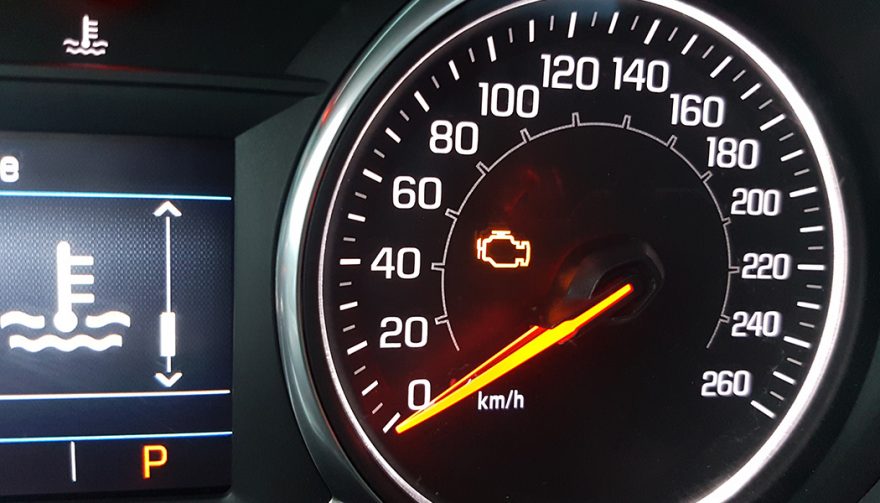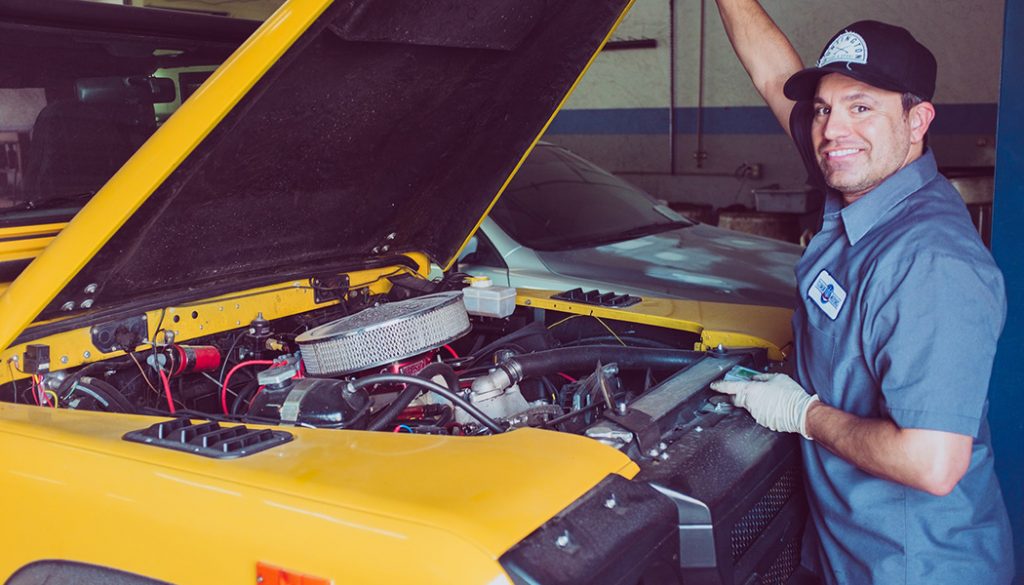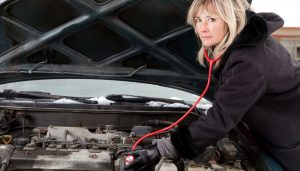
What to do if your Check Engine Light Comes On
The dreaded ‘CHECK ENGINE’ light, or CEL for short, is far from a welcome sight in the instrument cluster of your car or truck—but there may be little cause for alarm. In this story, we’ll focus on what a CEL is, what it means, what to do about it, and how not to handle things if your check engine light comes on on your next drive.
In simple terms, a CEL is your vehicle’s way of telling you that it’s not feeling well—though on its own, it doesn’t provide any specific reason as to why. Even the simplest modern vehicles have immense computing power supervising a network of sensors and components responsible for monitoring the operation of all vehicle systems, including the engine and driveline.
How it Works
As you drive your vehicle, that electronic network monitors the operation of a multitude of systems and processes with a watchful eye. When something doesn’t seem right, the system responds and your check engine light comes on—thereby inviting you to dig a little deeper to see what the problem is.
There are hundreds of reasons your CEL might turn on. In some cases, it may be a loose gas cap, or a bad electrical ground. In others, the issue may be more serious and require immediate attention to prevent poor performance, poor mileage, or even damage to your vehicle.
Of course, the illumination of a single light in your instrument cluster doesn’t give you any of these details, which is why you’ll want to have your car seen by a professional, to determine why the CEL turned on.
That’s accomplished by connecting a diagnostic scanner to the vehicles On Board Diagnostic (OBDII) port. This is a standardized electronic connector mounted beneath the dashboard of all vehicles.
How to Understand
When your check engine light comes on, a technician can connect a special scanner to the OBD port, which connects that scanner to your car’s central computer system. The diagnostic scanner and your vehicle exchange information, and the technician is provided with a specific code that references the exact problem (or problems) that caused the CEL to illuminate.
In short: a Check Engine Light is your vehicle’s way of inviting you to have a diagnostic scan performed, to get to the root of the problem. The light itself tells you that a problem has been detected, and the diagnostic scan tells you what that problem is.
The diagnostic scan takes just a few minutes, and can be performed in a dealer setting, or by a technician or vehicle owner with access to a diagnostic scanner. Some owners purchase a low-cost scanner and keep it in their possession, for the purpose of diagnosing if your check engine light comes on. The diagnostic scanner works on virtually all new vehicles, and they are not model specific. For some drivers, keeping a diagnostic scanner in their garage or vehicle is a good idea.
If you’re unfamiliar with how to use such a scanner, or would rather leave this job to the pros, a diagnostic scan can be completed by a licensed technician at any service centre, dealer or otherwise.

Don’t Try and hide it
Some drivers see a CEL and attempt to make it go away by unplugging and reconnecting the vehicle’s battery—in hopes that this power-cycling or reboot of the vehicle’s computer systems will clear the trouble.
This approach is not advised.
First, rebooting vehicle electronics doesn’t fix the underlying issue that caused the light to appear in the first place, even if it may turn the light off for some period of time before it returns. Second, many modern vehicles can experience extensive problems, some resulting in pricey repairs, if the battery isn’t disconnected and reconnected properly.
Never disconnect your vehicle’s battery unless you’re certain it won’t cause problems with the alarm system, engine immobilizer, stereo, infotainment, advanced safety gear, and the like. In modern vehicles, disconnecting your battery is generally a bad idea unless you’re sure you know what you’re doing.
The consequences of ignoring it when your check engine light comes on can range from minor to major, depending on the nature of the problem. Some problems lie with wonky engine sensors, and continued driving of the vehicle is possible, though you may experience degraded performance or fuel economy. Other problems are more serious in nature and may result in damage if the problem isn’t corrected promptly.
Guessing at the cause of a CEL and replacing parts at random is a great way to waste time and money. If you see a CEL, the most efficient way to tackle it is to determine and address its cause and deal with it directly.
Modern cars are more complex than ever, but so are the on-board diagnostic systems they use to quickly pinpoint issues for quick diagnosis and repair.
They’re Rarer Than Ever Anyway
In fact, if you’re driving a modern car, electronic problems are the most likely ones you’ll experience.
“The level of engine, transmission, and mechanical problems in general has declined significantly over the years. Automakers have become very good at producing vehicles that seldom break down” says Dave Sargent, the Vice President of Automotive Quality at J.D. Power and Associates.
“A much higher proportion of problems these days are electronic in nature, including Infotainment, Driver Assistance and other features, controls and displays. Although these problems seldom result in a “walk-home failure”, they are intensely annoying to consumers who often pay a lot of money for these features, only to find that they are frustratingly difficult to use and often have no remedy”.
Translation? Electronic problems can be frustrating if they occur, but having a trained technician use proper tools and practices to diagnose those problems is typically a quick and painless process.

The Summary
In summation: if your check engine light comes on, make arrangements to have a diagnostic scan as soon as possible. If you’ve got a friend with a diagnostic scanner, or own one yourself, you’ll be able to pull up the trouble code (or trouble codes) responsible for the problem, type them into a web search, and have a quick insight as to the underlying issue.
Or, visit your local service centre or dealership to have a technician make the scan for you. With the scan results in hand, the technician will be able to offer advice and a repair estimate to correct the trouble, if applicable. Remember: many problems that trigger a CEL are minor in nature, but others are not.
A final note: though a solidly-illuminated Check Engine Light is an invitation to have a diagnostic scan performed as soon as possible, a flashing CEL is a much more serious warning. If you notice a CEL that’s flashing, exit the roadway as quickly and safely as you can, stop the vehicle’s engine, and consult your owner’s manual for help. Making arrangements for a tow is advisable at this point as well. A flashing CEL is a sign of serious and immediate trouble, and continued operation of the vehicle may quickly result in fatal engine damage.





